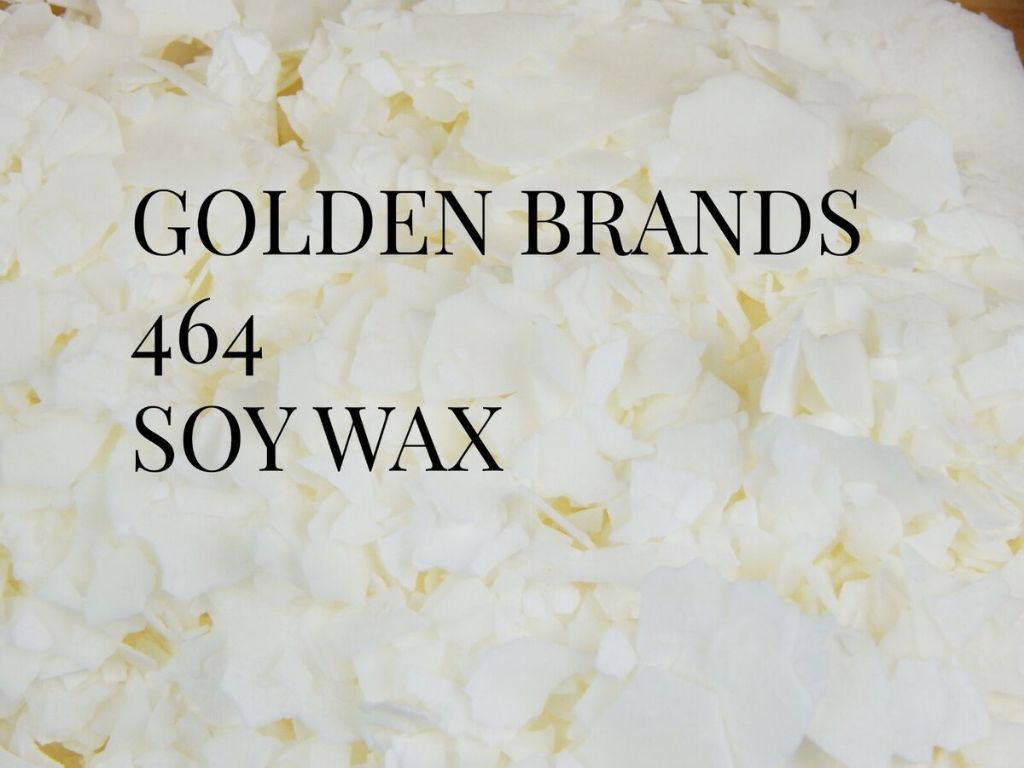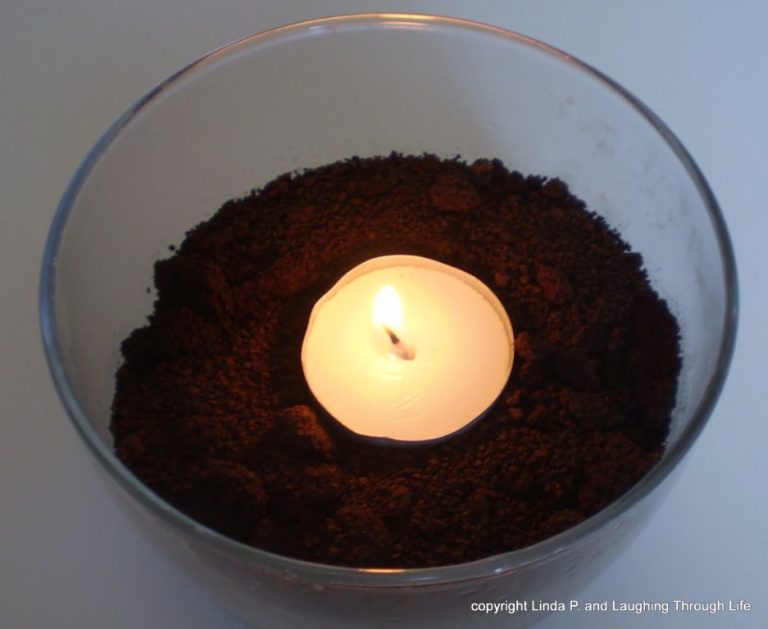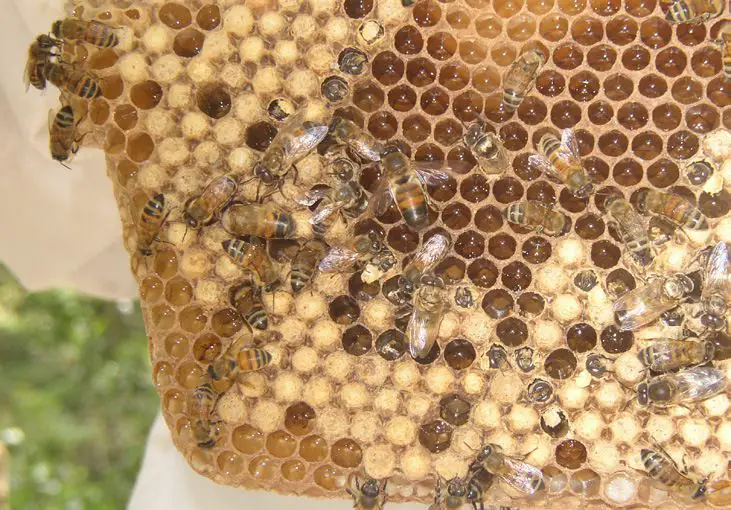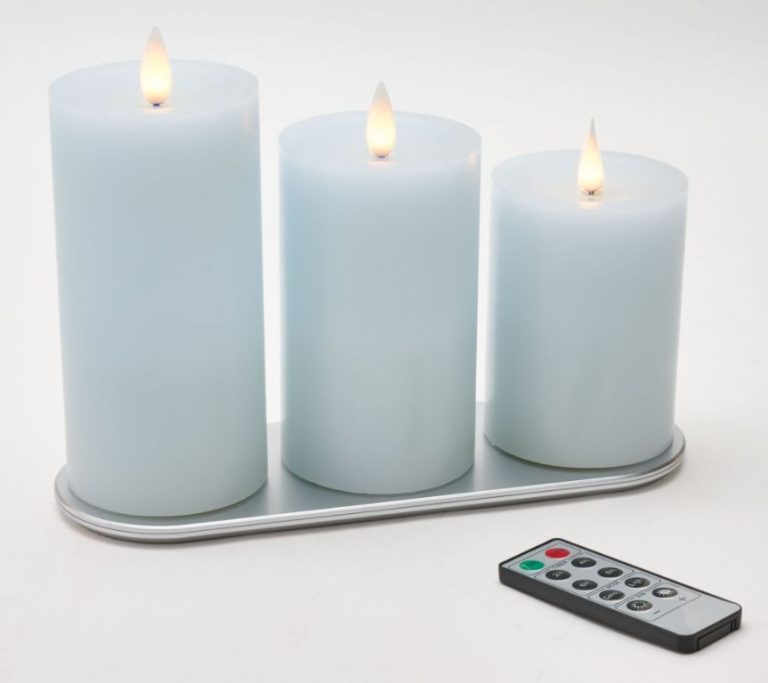Is Golden Brands 464 100% Soy Wax?
Introducing Golden Brands 464 Soy Wax
Golden Brands 464 soy wax is a popular soy wax blend made by AAK, a global supplier of specialty vegetable oils. The ‘464’ refers to its melting point of 144-146°F (64-64.4°C). It was one of the first soy waxes introduced to the candle making industry and remains a favorite among hobby and professional candle makers today.
Golden 464 is praised for its versatility – it can be used for containers, pillars, votives, and tealights. The wax has a smooth creamy texture and provides great scent throw. It’s easy to work with, creating candles with a glossy finish and minimal frosting. Golden 464 strikes a balance between the hardness of paraffin and the softness of pure soy wax, making it an accessible option for beginners while still delivering premium performance.[1]
The soy-based proprietary additives in Golden 464 improve its ability to hold fragrance oils compared to pure soy wax. This allows candle makers to load more fragrance without it burning off too quickly. The additives also reduce frosting on finished candles. These characteristics have contributed to the popularity of Golden 464 among hobbyists and professional candle makers over the past decade.[2]
Soy Wax Composition
Soy wax is made from hydrogenated soybean oil. Soybeans contain a high amount of oil, around 20% by weight. To produce soy wax, the raw soybeans are first cleaned, cracked, de-hulled, and rolled into flakes[1]. The oil is then extracted from these flakes through pressing and/or solvent extraction. The extracted soybean oil goes through a hydrogenation process, which converts some of the unsaturated fat into saturated fat through a chemical reaction with hydrogen gas. This makes the oil more solid at room temperature. The hydrogenated oil is then blended, refined, and distilled to achieve the desired melting point, color, and texture for candle making[1].
The resulting soy wax contains no petroleum-derived ingredients and is composed almost entirely of hydrogenated soybean oil. It may also contain minor amounts of other vegetable oils as blending agents. Soy wax gets its name from its main component – soybean oil. The hydrogenation process allows soybean oil to achieve the hardened state needed for container candles.
Benefits of Soy Wax
Soy wax offers several benefits that make it a popular choice for candle making. Some key advantages are:
Natural and Renewable – Soy wax is made from soybeans, a renewable resource grown annually across the world. This makes it a natural and sustainable alternative to paraffin wax which comes from non-renewable petroleum sources.[1]
Biodegradable and Eco-Friendly – Since soy wax comes from plants, it is biodegradable and environmentally friendly. Soy wax candles are compostable and don’t release toxins into the air when burned like paraffin candles.[2]
Clean Burning – Soy wax has a lower melting point compared to paraffin so it burns cooler. This results in less soot and a cleaner burn. Soy wax candles don’t release carcinogens or pollutants into the air making them a healthier option.
What Does ‘100% Soy’ Mean?
The term “100% soy wax” refers specifically to candle wax that is made entirely from soybean oil, with no other added waxes or ingredients. This is in contrast to “soy blend” waxes, which mix soybean oil with other waxes like paraffin.
According to sources like Wax & Wick Co. and 100% Pure, true 100% soy wax contains no paraffin or synthetic waxes. Wax & Wick explains that a 100% soy wax has no petroleum-based paraffin content, while soy blend waxes mix soy wax with paraffin or other waxes. Similarly, 100% Pure states 100% soy wax is derived entirely from soybeans, whereas paraffin wax comes from petroleum.
When a company claims their candle is “100% soy”, it means the wax contains no added paraffin or synthetic waxes – only soy wax. Soy blend candles may mix soy wax with up to 50% paraffin or other waxes. So a 100% soy wax indicates a purer, natural soybean-based wax.
Golden Brands 464 Ingredients
According to Golden Brands, 464 soy wax contains the following ingredients:
- Partially hydrogenated soybean oil – This is the main wax component derived from soybeans.
- Soybean fatty acids – These are natural soy-based fatty acids that help promote a smooth burn and reduce frosting.
- Natural vegetable oil – Added as a softening agent.
- Natural soybean emulsifiers like soy lecithin – Help bind oil and water components.
- Natural colorants – Provide the white color.
The exact percentages and ratios of the ingredients are proprietary to Golden Brands. But we know it contains a hydrogenated soy wax base along with various soybean derived additives like lecithin and fatty acids.
According to CandleScience, Golden 464 does not contain any paraffin wax or petroleum byproducts.
Is Golden 464 100% Soy Wax?
Golden Brands 464 is marketed as an all-natural soy wax. However, there has been some debate within the candle making community about whether it is truly 100% soy wax. According to CandleScience.com, “This all-natural wax creates candles with a smooth, opaque finish and contains soy-based additives that help reduce frosting and strengthen the fragrance throw.”
When examining the ingredients list for Golden 464 soy wax, it contains both soy wax and a soy-based additive called vybar. Vybar is a proprietary blend from Cargill that contains soy along with other ingredients like glycerin. Glycerin helps make the wax easier to work with and improves its performance.
So while Golden 464 contains primarily soy wax, the inclusion of the vybar additive means it is not 100% pure soy wax. However, it is still considered all-natural and contains no paraffin or other petroleum-based waxes.
There has also been some testing done on glycerin content that shows Golden 464 as having around a 3-4% glycerin content rather than the 10-14% typically seen with other soy wax blends (https://www.candlescience.com/wax/golden-brands-464-soy-wax/). So while not 100% soy, it has a very high soy content compared to other blended waxes.
In summary, Golden Brands 464 would be more accurately described as a soy-based wax blend rather than a 100% soy wax. But with its minimal additives and high soy content, it remains a quality natural option for candle making.
Reasons for Confusion
Although Golden 464 is marketed as a 100% soy wax, some claim that it contains paraffin. This confusion stems from a few factors:
The wax has a smooth, creamy finish resembling paraffin candles. Pure soy wax normally has a grainier texture. The smoothness of Golden 464 leads some to believe paraffin is added.1
Testing has detected small amounts of hydrocarbons like paraffin in Golden 464. However, these trace hydrocarbons can occur naturally in soy wax.1
Some claim that Golden 464 contains stearic acid, an ingredient often derived from animal fat. However, stearic acid also occurs naturally in soybeans.1
The additives blended into Golden 464 are proprietary and not publicly disclosed. This lack of transparency causes some to suspect additives like paraffin.1
While these factors spark doubt, testing confirms Golden 464 has the chemical profile of 100% soy wax, not a soy-paraffin blend.
Testing Glycerin Content
One way to test if a soy wax contains paraffin is to do a glycerin burn test. This test takes advantage of the fact that glycerin, a byproduct of saponification, is present in soy wax but not in paraffin wax.
To perform a glycerin burn test, a small sample of the wax is placed on a spoon and ignited with a lighter or match. The presence of glycerin will cause the wax to burn slowly with a low blue flame. Paraffin wax, which lacks glycerin, will ignite easily and burn rapidly with a bright yellow flame (Menon, 2017).
The amount of glycerin can also be quantified by laboratory testing. Gas chromatography and mass spectrometry can detect and measure the glycerin content in a wax sample. The presence of more than trace amounts of glycerin indicates that the wax contains at least some soy wax rather than being pure paraffin (Cambridge Repository, n.d.).
While not definitive on its own, glycerin burn testing provides a simple way to detect the potential presence of paraffin wax in a product labeled as 100% soy. Formal lab testing can validate and quantify the glycerin content more accurately.
Golden 464 Certifications
Golden Brands 464 soy wax undergoes rigorous purity and safety testing to meet various certifications. These certifications help ensure the wax meets quality and purity standards for candle making.
Some key certifications for Golden 464 include:
- Kosher Certified – The Orthodox Union certifies that Golden 464 is kosher and follows Jewish dietary laws. This indicates the wax contains no non-kosher ingredients.
- GMP Certified – Golden 464 is manufactured according to Good Manufacturing Practices set by the FDA. This verifies consistent quality and purity.
- FDA Approved – The FDA has approved Golden 464 for use in food/cosmetic products, indicating its safety.
- FDA/CFR 21 CFR 182.70 – Golden 464 is compliant with FDA regulations for use as a direct food additive. This further confirms its purity and safety.
These rigorous certifications help verify the quality, safety and purity of Golden 464 soy wax for candle making. The certifications provide assurance to candle makers that the wax meets high standards.
The Verdict on Golden 464 Purity
After reviewing the ingredients, manufacturing process, and certifications for Golden Brands 464 soy wax, the evidence clearly shows that it is not 100% pure soy wax. While the product is made primarily from hydrogenated soybean oil, it contains several other ingredients including paraffin and a small amount of glycerin. The paraffin is added to modify the melting point and make the wax harder. The glycerin helps make the wax more pliable.

While the term “100% soy” has been used by some to describe Golden 464, this is inaccurate and misleading. The inclusion of paraffin and glycerin, even in small amounts, means it cannot be considered 100% soy wax. The company itself does not make this claim or market it as a pure soy wax. They fully disclose the other ingredients added.
So in conclusion, Golden Brands 464 should be considered a soy-based wax blend, but not a 100% pure soy wax. The majority of its composition is hydrogenated soybean oil, making it a versatile and high-performing soy wax product. However, the presence of other ingredients means it does not meet the criteria to be labeled as 100% soy wax.





